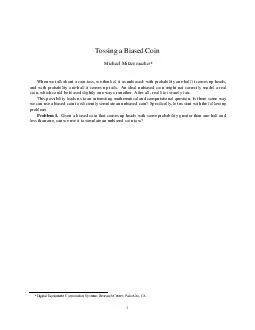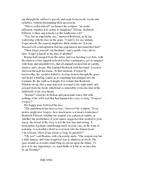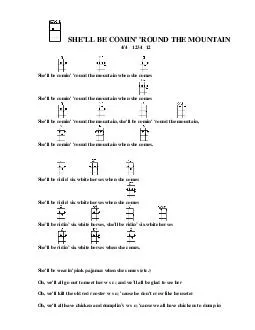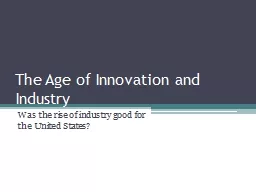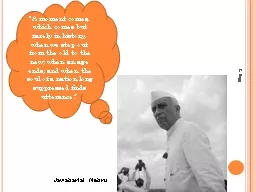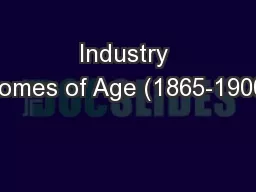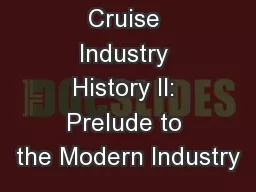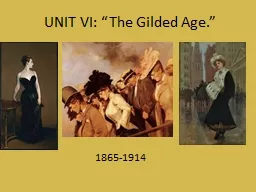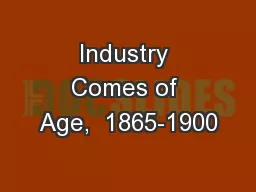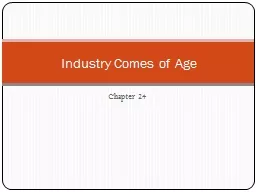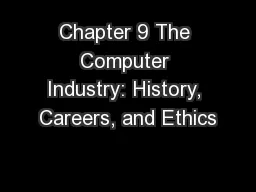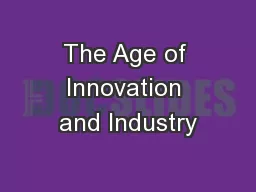PPT-Chapter 24 Industry Comes of Age
Author : pamella-moone | Published Date : 2018-02-27
Transcontinental Railroads Union Pacific RR gt built west from Omaha NE Given 20 square miles of land for each mile of track laid Given generous loans from government
Presentation Embed Code
Download Presentation
Download Presentation The PPT/PDF document "Chapter 24 Industry Comes of Age" is the property of its rightful owner. Permission is granted to download and print the materials on this website for personal, non-commercial use only, and to display it on your personal computer provided you do not modify the materials and that you retain all copyright notices contained in the materials. By downloading content from our website, you accept the terms of this agreement.
Chapter 24 Industry Comes of Age: Transcript
Download Rules Of Document
"Chapter 24 Industry Comes of Age"The content belongs to its owner. You may download and print it for personal use, without modification, and keep all copyright notices. By downloading, you agree to these terms.
Related Documents


